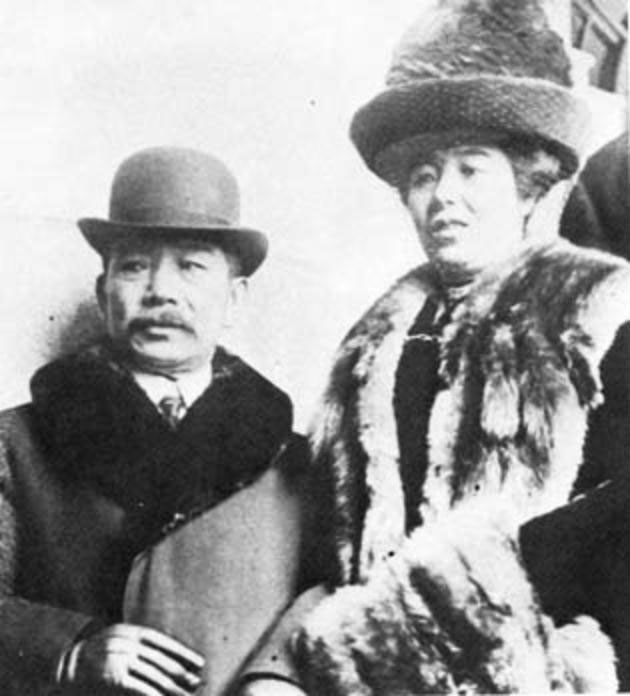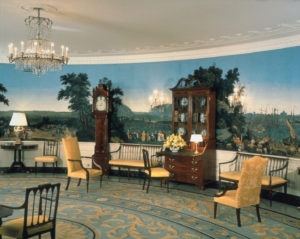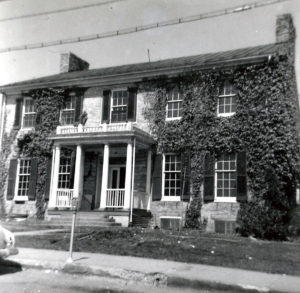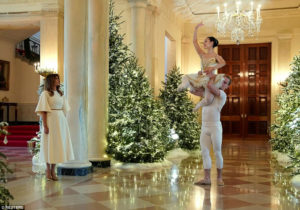James Rada Jr.
It’s 1818, and a shipment of straw bonnets has just arrived at Sis. Elizabeth Ann Seton’s free school in Emmitsburg. The young girls sit in their school room decorating their bonnets with ribbon as they talk about their lives, whether she is a daughter of a farming family in town or the granddaughter of one of the wealthiest men in the country.
The 1818 Experience at the Seton Shrine in Emmitsburg is a living history experience at the Stone Farmhouse and White House on the grounds.
At the 1750 farmhouse, you meet living history interpreters, portraying Sisters Sally Thompson and Bridgette Farrow, who take you on a tour of the first permanent home in Emmitsburg for Seton and her sisters. They show you where the small home was added onto and the room where Seton slept and the first small chapel for the sisters.
It was also in this house that Seton founded the Sisters of Charity of St. Joseph’s on July 31, 1809.
At the White House, a class of young girls is comprised of girls from town families and those who are boarding at the school. This is the building where the first free Catholic school for girls was founded, and it eventually grew into St. Joseph’s College.
An interpreter portraying Sis. Elizabeth explained that many of the boarders came from cities like New York, Philadelphia, and Baltimore because Mother Seton had “connections” in those cities.
“They knew their daughters could get a good education here and good skills needed to start a household,” Sis. Elizabeth said.
The 1818 Experience also allows you to watch the girls have fun with outdoor activities and take French lessons.
“Everything we can control, we try to keep period,” said Claire Bodine, group visits coordinator at the Seton Shrine.
The program makes uses of the junior history interpreters, a relatively new program at the shrine that trains youth in living history.
“They take workshops and classes to learn why what they do is important,” explained Bodine. “They also do instructional shadowing with experienced interpreters to learn how it is done.”
Bernadette Hahn, age 10, plays Catherine Walters, a student at the school. When her mom first signed her up for the program, all she knew was it had something to do with history. Now, after learning more about Walters and playing her during living history activities, Bernadette said, “I love it.”
Although the program chose a bad year because it had to deal with COVID-19 restrictions, it will be returning in the spring. The living history interpreters will be participating in the Candlelight Tours this month from December 11-19. These tours will take you into the homes on the grounds that are decorating for the holidays during the early 1800s. Visitors will learn about the Christmas traditions from Mother Seton’s time and can partake in hands-on activities.
Photos by James Rada, Jr.
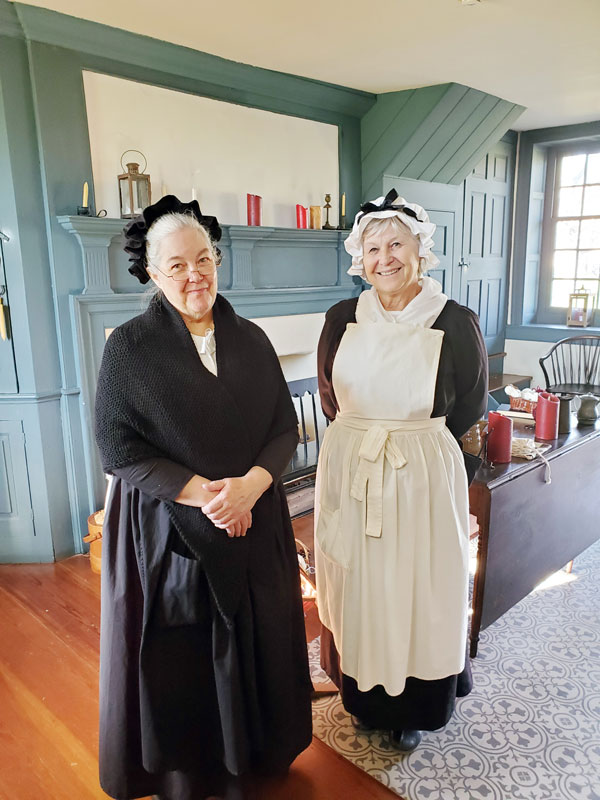
Junior history interpreters get ready to play students at the White House at the Seton Shrine in Emmitsburg.
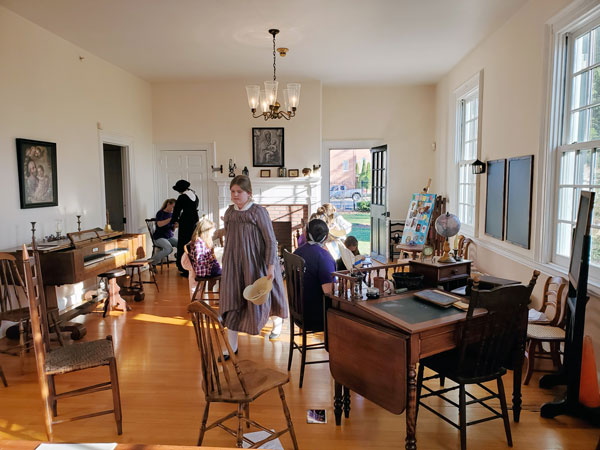
Living history interpreters play sisters Sally Thompson and Bridgette Farrow at the Stone House at the Seton Shrine in Emmitsburg.

